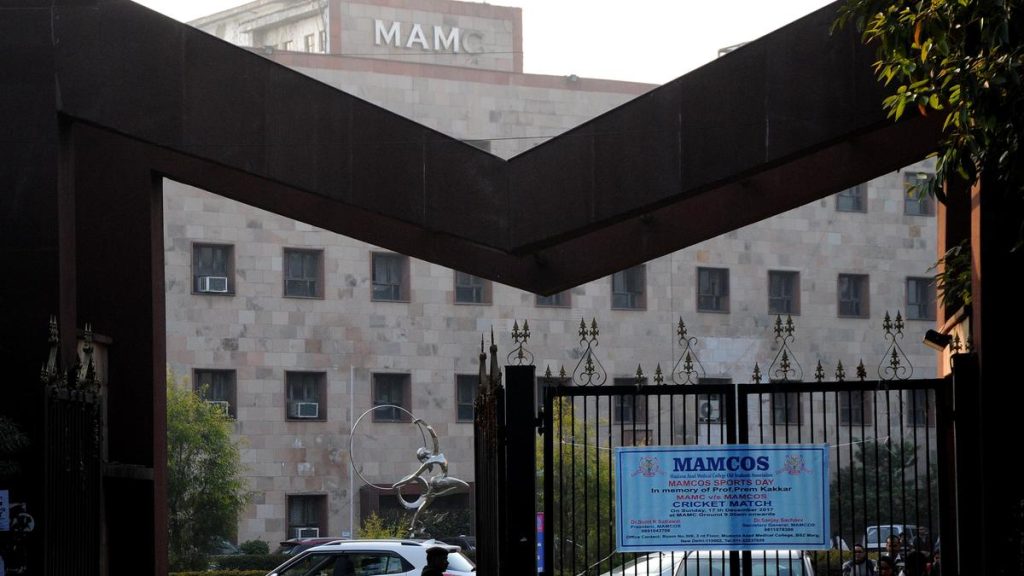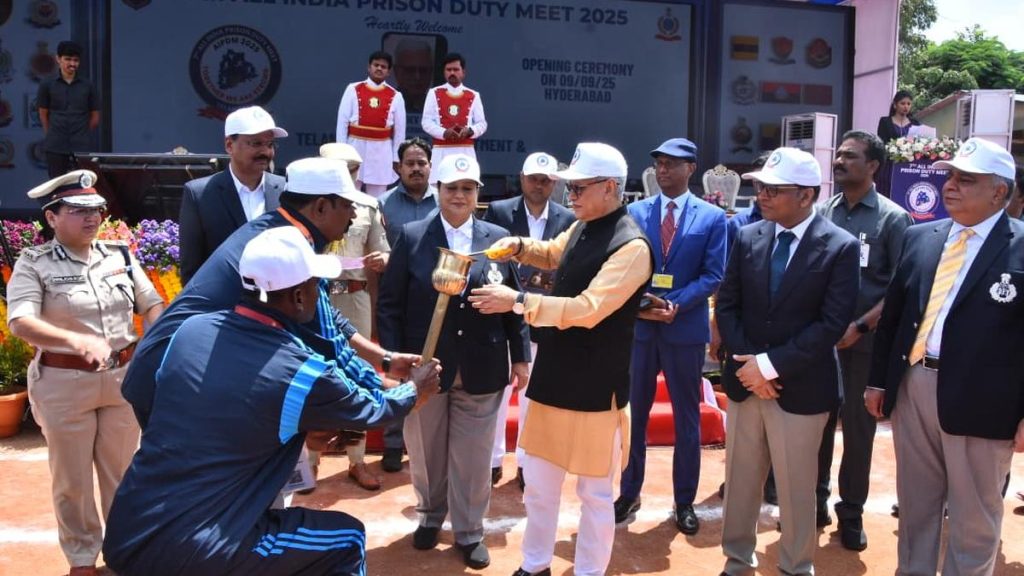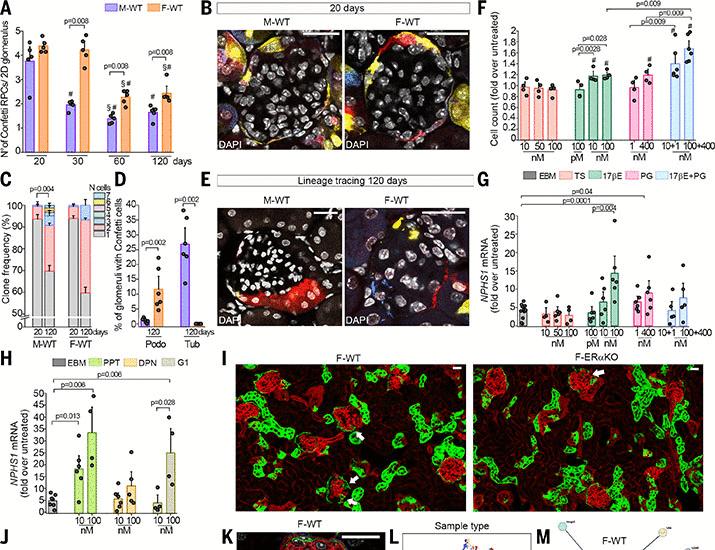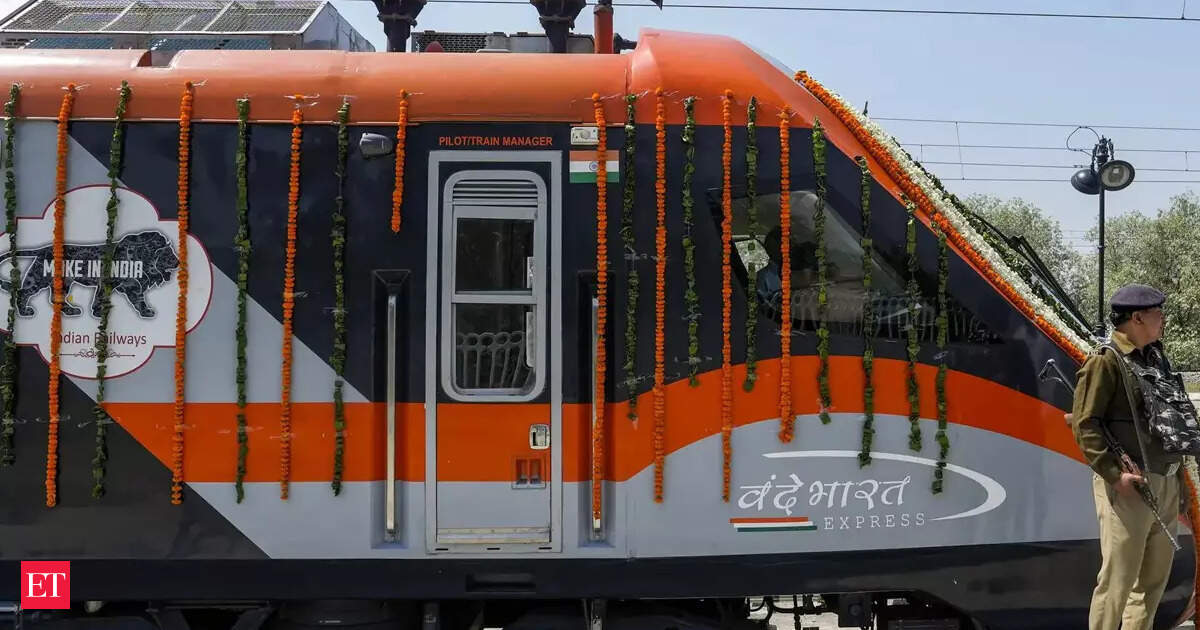Now Reading: Bhupen Hazarika: The Eternal Voice of the Brahmaputra
-
01
Bhupen Hazarika: The Eternal Voice of the Brahmaputra
Bhupen Hazarika: The Eternal Voice of the Brahmaputra

Quick Summary
- Bhupen Hazarika, an iconic figure in Indian culture, is being honored on his birth anniversary, marking the start of his centenary celebrations.
- Known as a voice for the common man, Hazarika’s music transcended linguistic and regional boundaries while shaping Assam’s modern cultural identity.
- Influenced by Assam’s oral traditions and figures like Paul Robeson and Jyoti Prasad Agarwala, one of his most celebrated works, “Bistirno Parore” was inspired by Robeson’s “Ol’ Man River.”
- In addition to music composition across Assamese, Bengali, and Hindi films, he supported numerous young talents during his career.
- Elected as an self-reliant MLA in 1967 from Nauboicha constituency in Assam; awarded Padma awards and Bharat Ratna for contributions to culture.
- Passed away in 2011 with lakhs attending his funeral; cremated overlooking the Brahmaputra River that symbolized much of his creative work.
- The Dhola-Sadiya bridge was named after him to symbolize how both he and the bridge connect hearts and regions.
Indian Opinion Analysis
Bhupen Hazarika’s legacy reflects a deep intertwining of cultural empathy with creative brilliance. His ability to use art as a medium for bridging societal gaps holds enduring relevance today when regional identities coexist within India’s broader national framework. By addressing themes like humanity’s shared struggles through works like “Bistirno Parore,” Hazarika unified diverse audiences across linguistic divides while amplifying grassroots voices such as boatmen and tea workers.
The decision to link modern infrastructure (Dhola-sadiya Bridge) with cultural symbolism rooted in figures like Hazarika exemplifies India’s efforts at honoring icons who embody inclusivity-emphasizing not just advancement but also connectedness among people.




























